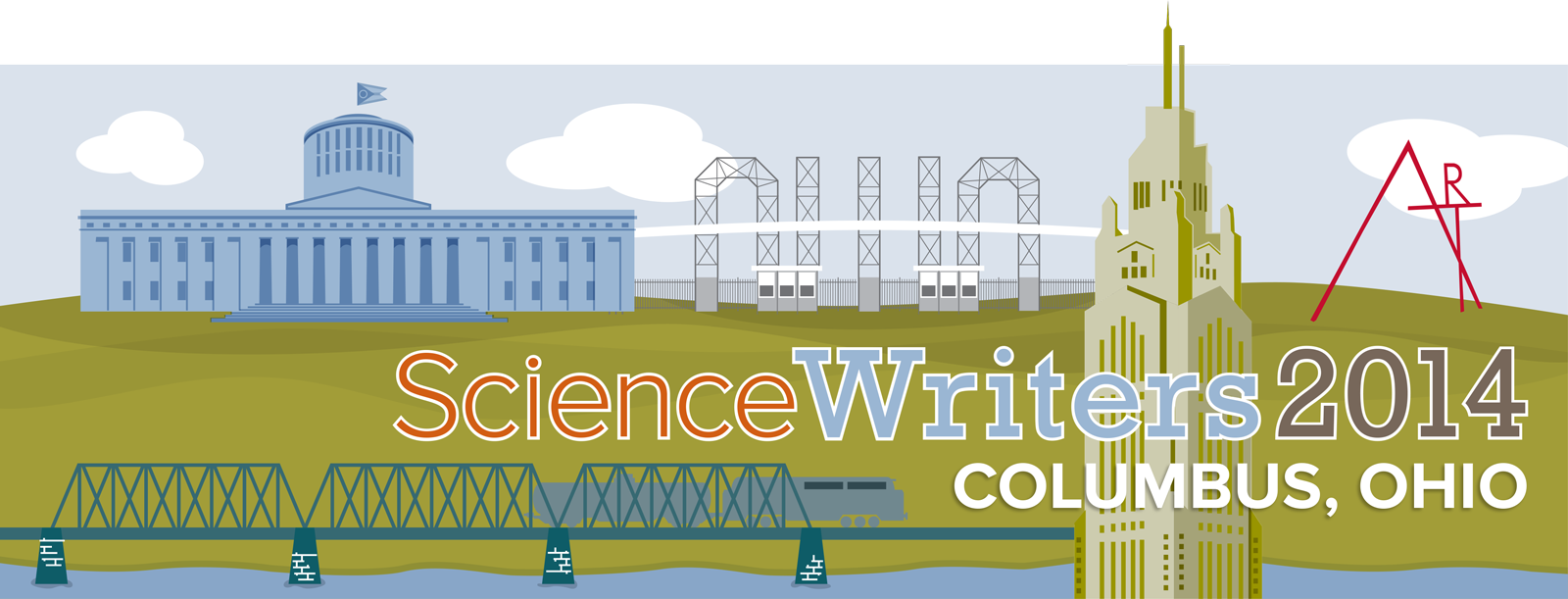BICEP2: Strong support for inflationary cosmology, or a cloud of dust?
- Time:
- Monday, October 20th, 1:00 pm to 2:00 pm
- Location:
- Bellows ABCD, Hilton Columbus Downtown
- Speaker(s):
- Marc KamionkowskiProfessor of physics and astronomy, The Johns Hopkins University
The cosmology community was set abuzz early this year when the BICEP2 collaboration announced that their South Pole telescope had detected the imprint of gravitational waves from the early universe. Finally, it appeared, an instrument had peered through the cosmic background radiation (CMB) to the first moments of the universe, its observations giving a significant boost to the inflationary theory of the big bang. Then questions began coming: Had the astronomers properly accounted for galactic dust? Could dust produce the same patterns? The paper finally published in June was cautious, and over the summer the community awaited important measurements of CMB polarization from the Planck space observatory. Cosmologist Marc Kamionkowski is one of many theorists who momentarily set aside other projects to scrutinize the BICEP2 results and ensuing debate. Whether or not the initial finding holds up, he says, the debate has been “interesting and instructive. We’re seeing knowledge made, and the science is really cool.”
For supplemental information about this New Horizons in Science briefing, see the CASW website




